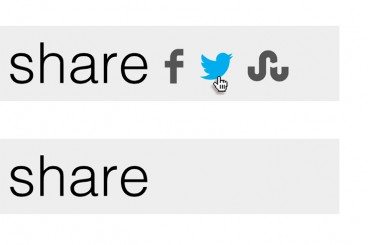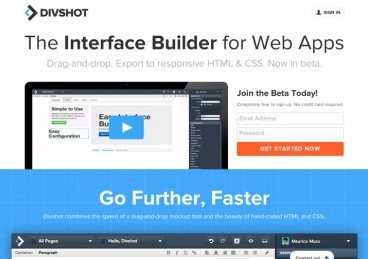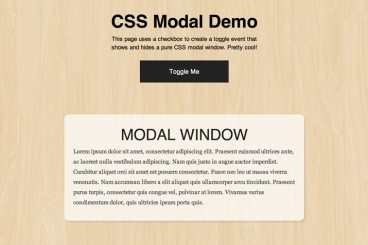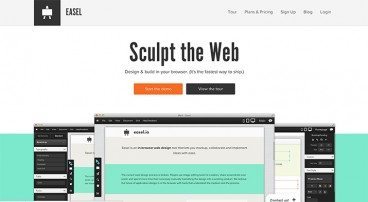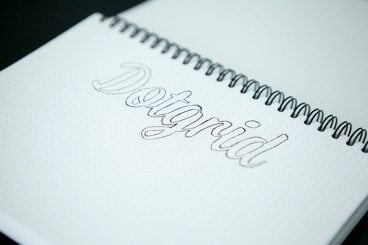
Reviews / 20 Dec 2012
Dotgrid.co: Your Next UI Sketch Book
Today we’re going to take a step back from the digital world and take a look at a real life physical product: Dotgrid.co notebooks. These notebooks are made in the UK and are the work of Callum Chapman, a name you’ll likely recognize from the design community.
Callum has worked hard to create a solid product and I couldn’t be happier with my own Dotgrid.co notebook. Read on to see what they’re all about.

